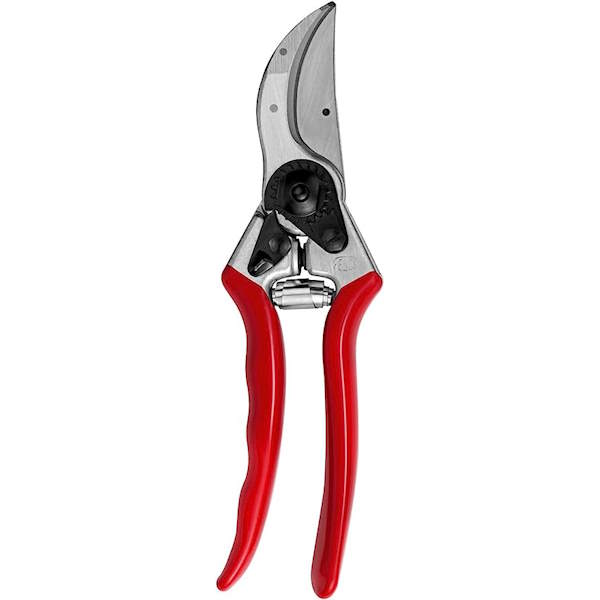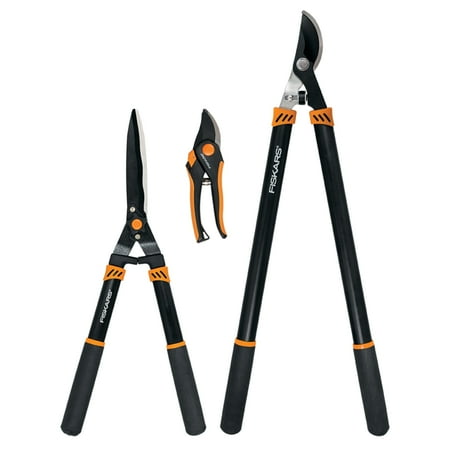Think before you prune in October – here are 7 plants you should never cut until spring
Pruning these plants in October robs you of flowers next year and impacts wildlife in your yard
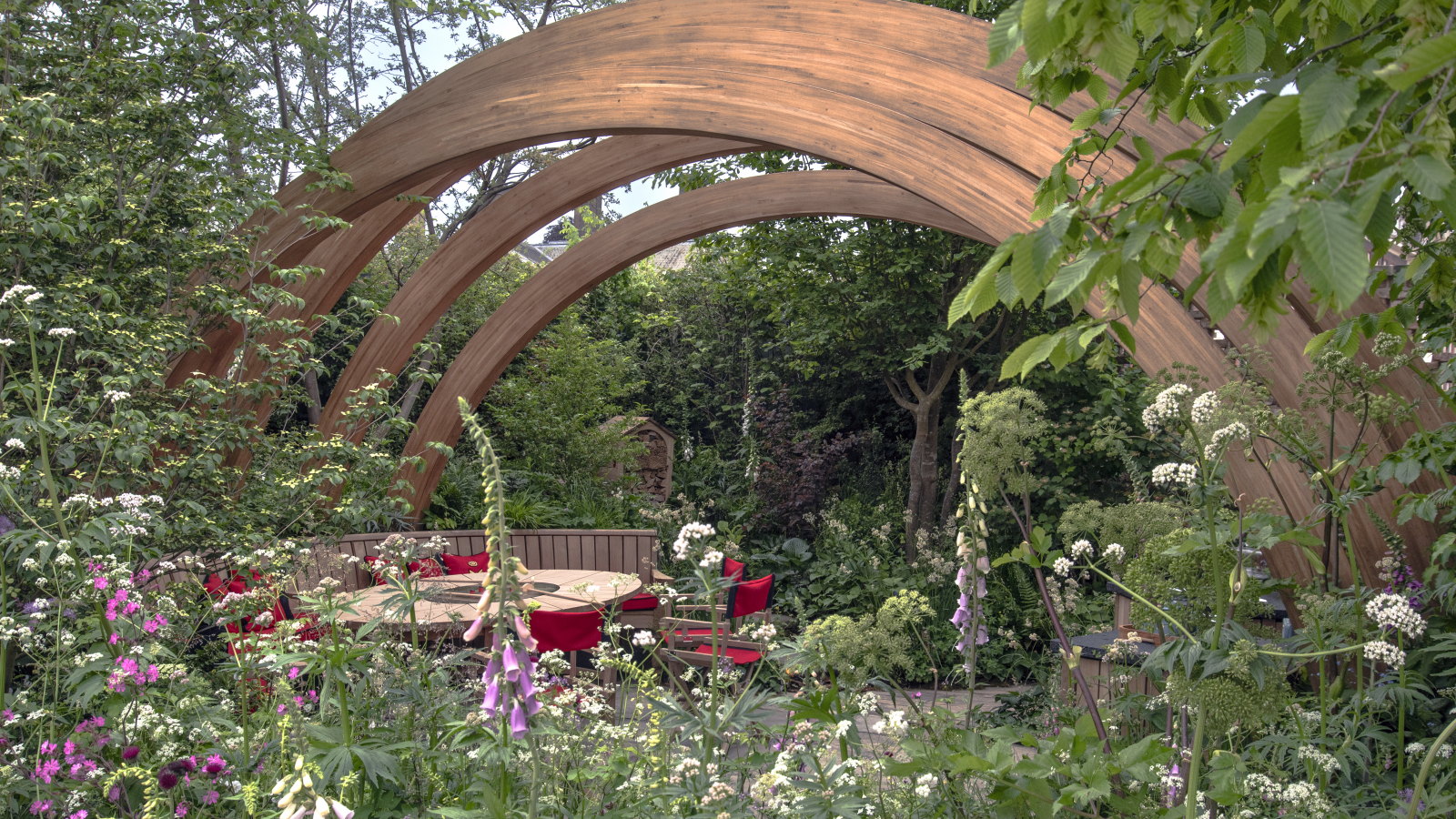

The mindset of many gardeners turns to tidying up their space in the fall. While pruning and cutting back can make a difference, there are some plants I advise not trimming this month, as they are best left until spring.
In a nutshell, October is not the month to prune spring-flowering shrubs or cut back some of the best perennials for providing food for birds throughout the winter months. Pruning shrubs that flower on wood developed the previous year means you miss out on spring blooms, and cutting back plants like coneflowers, black-eyed Susans, and globe thistle impacts wildlife at times when food is scarce.
Understanding when to prune shrubs prevents you from making any mistakes you'll live to regret. To stop this from happening, we reveal seven plants to never prune in October. It includes hugely popular shrubs you don't want to touch this month, and some perennials to leave standing over winter for the benefit of wildlife.

Plants to never prune in October - you should leave these over winter
Some plants do want pruning this month. So, if you are looking for jobs to add to your fall gardening checklist, see our guide to plants to prune in October that will benefit from some TLC this month. But steer well clear of the following plants:
1. Forsythia
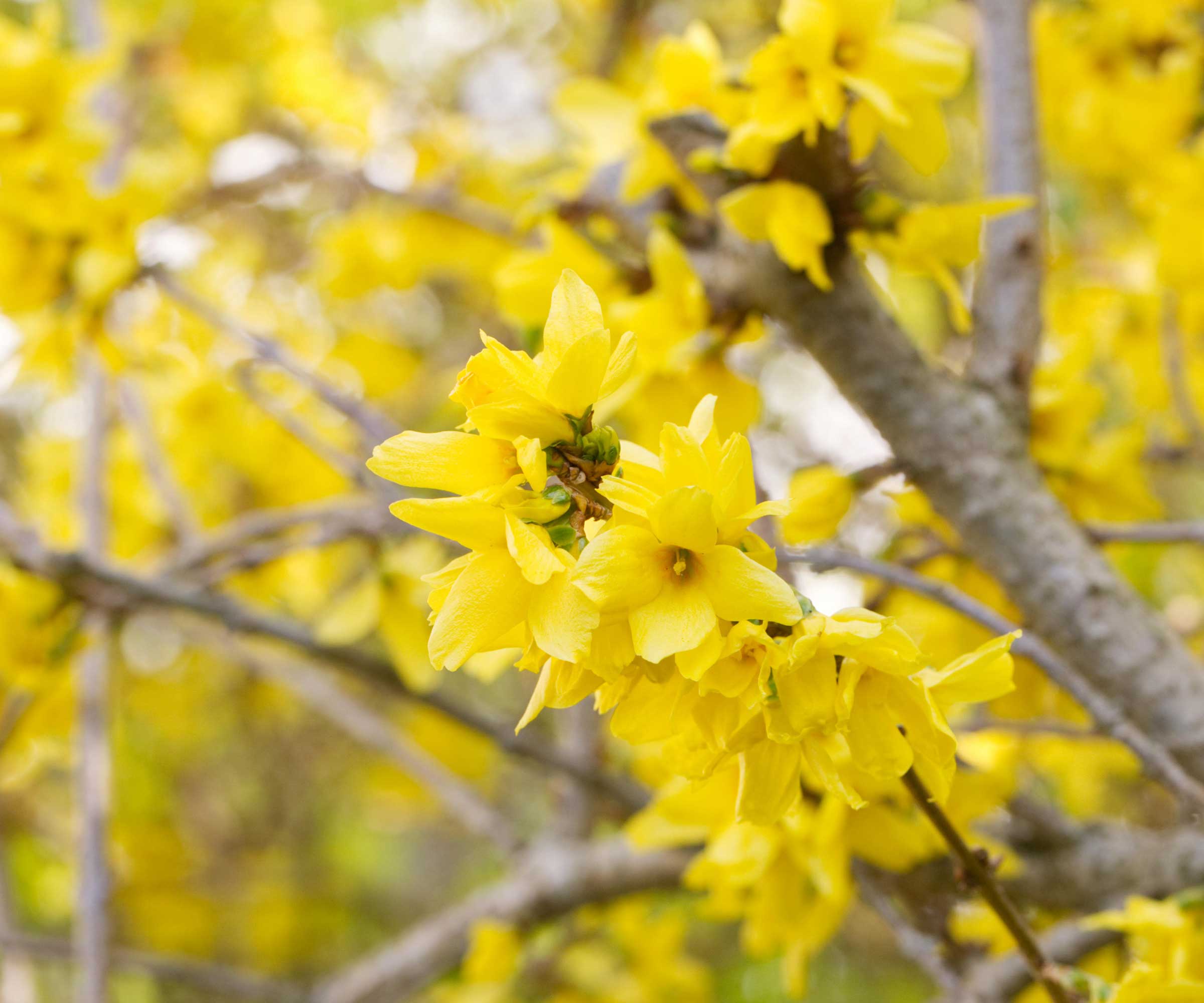
The sight of the bright yellow blooms of forsythia is a sign that spring has arrived. Don't rob yourself of that satisfaction by pruning forsythia in October. As the spring-flowering shrub blooms on old wood that has developed the previous year, pruning in fall means you cut away all next year's buds.
The right time to trim is after the flowers have faded, from April to June, depending on your US hardiness zone. If you have not touched the shrub yet this year, it is too late to prune forsythia, and you should steer well clear until after next year's blooms have ended.
2. Viburnum
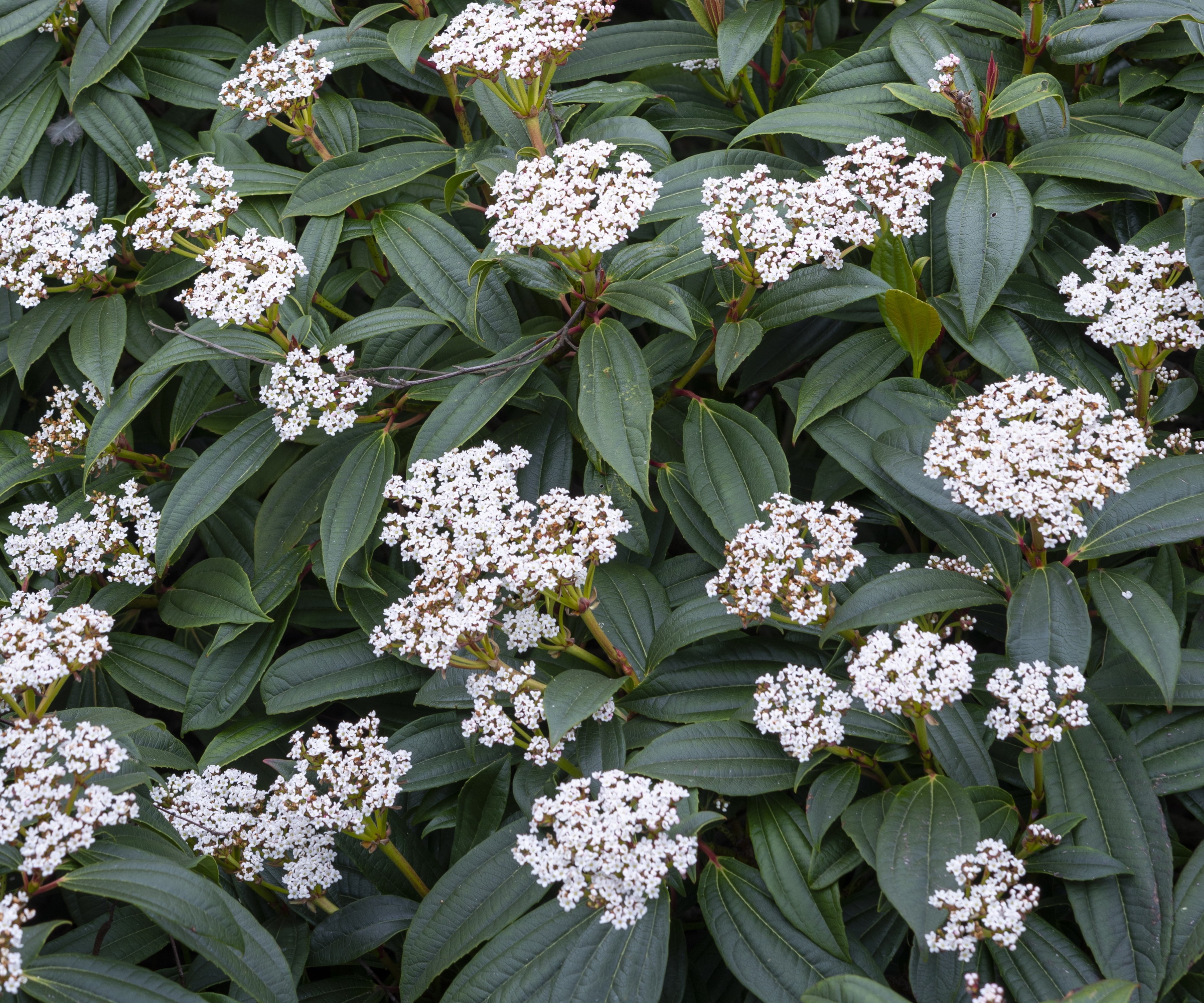
Viburnums are a versatile and popular species of shrubs that you should not prune in October. Whether you have a deciduous or evergreen variety, viburnums are another shrub that produces flowers on wood that grew and developed the previous year.
Design expertise in your inbox – from inspiring decorating ideas and beautiful celebrity homes to practical gardening advice and shopping round-ups.
You usually don't need to do lots of pruning with these low-maintenance shrubs. When the time comes and they need trimming and tidying, it is a task to do after they have flowered. Prune viburnums in October, and you won't get any display to enjoy next year.
So, what can you do with viburnums in the fall?
Keep them well-watered, especially in drier years, and give plants a good mulch to protect the roots in winter. The latter job is particularly beneficial in colder climates, and an organic mulch, such as this pine bark mulch from Walmart, is a good option.
3. Mock orange
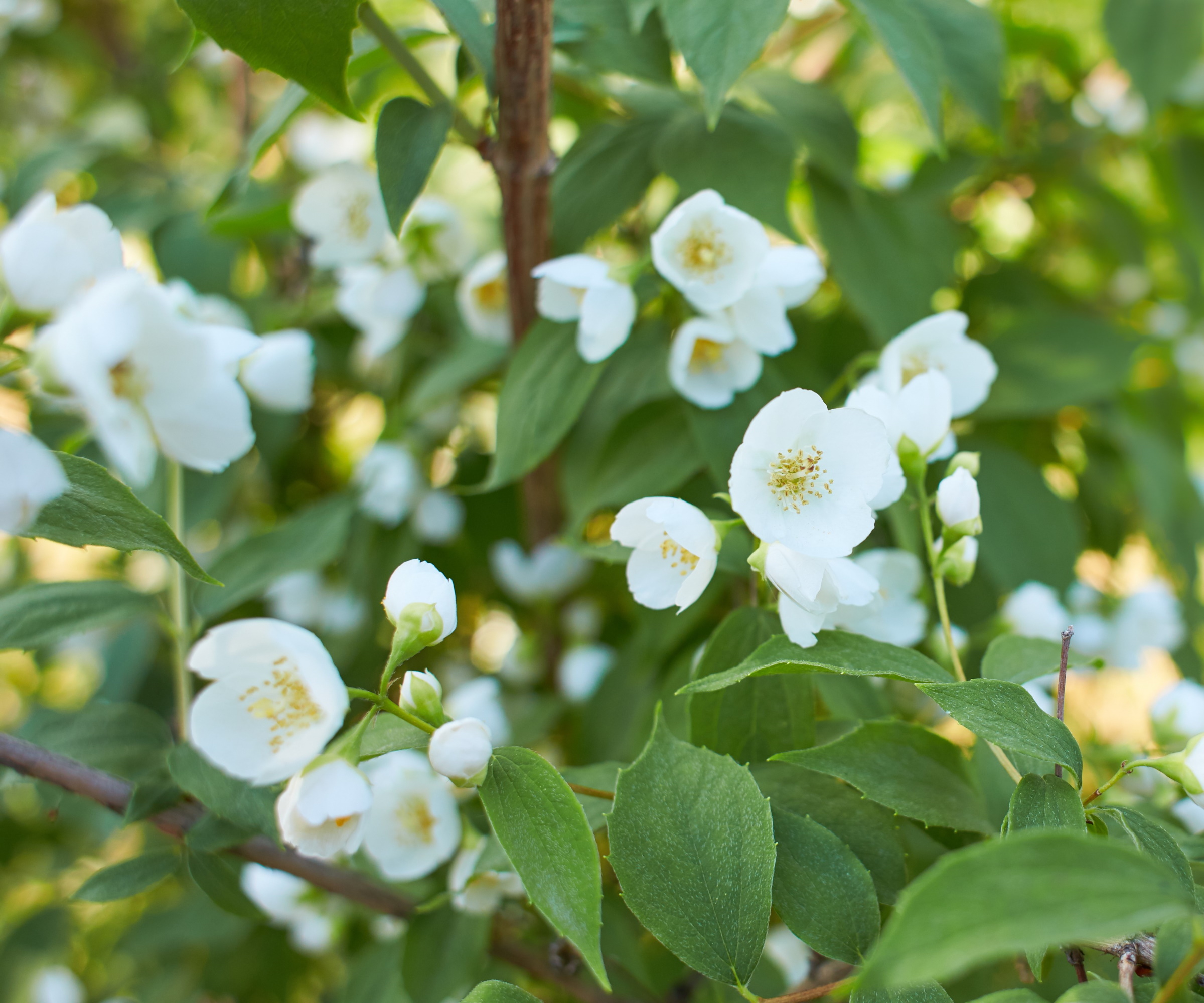
Mock orange, also known as philadelphus, is adored for its fragrant white flowers in early summer. There are many mock orange varieties to choose from, ranging from tall specimens that can stand proud towards the back of flower beds to dwarf varieties for smaller spaces. Wherever you plant a mock orange, you can often smell the glorious shrub before you see it.
If you grow a mock orange, understanding when to prune it is vital to ensure you get those intoxicating flowers to enjoy. The shrub flowers on wood produced the previous year, and needs trimming after flowering. Prune a mock orange in October and you will be removing the wood to carry next year's flowers.
4. Black-eyed Susan
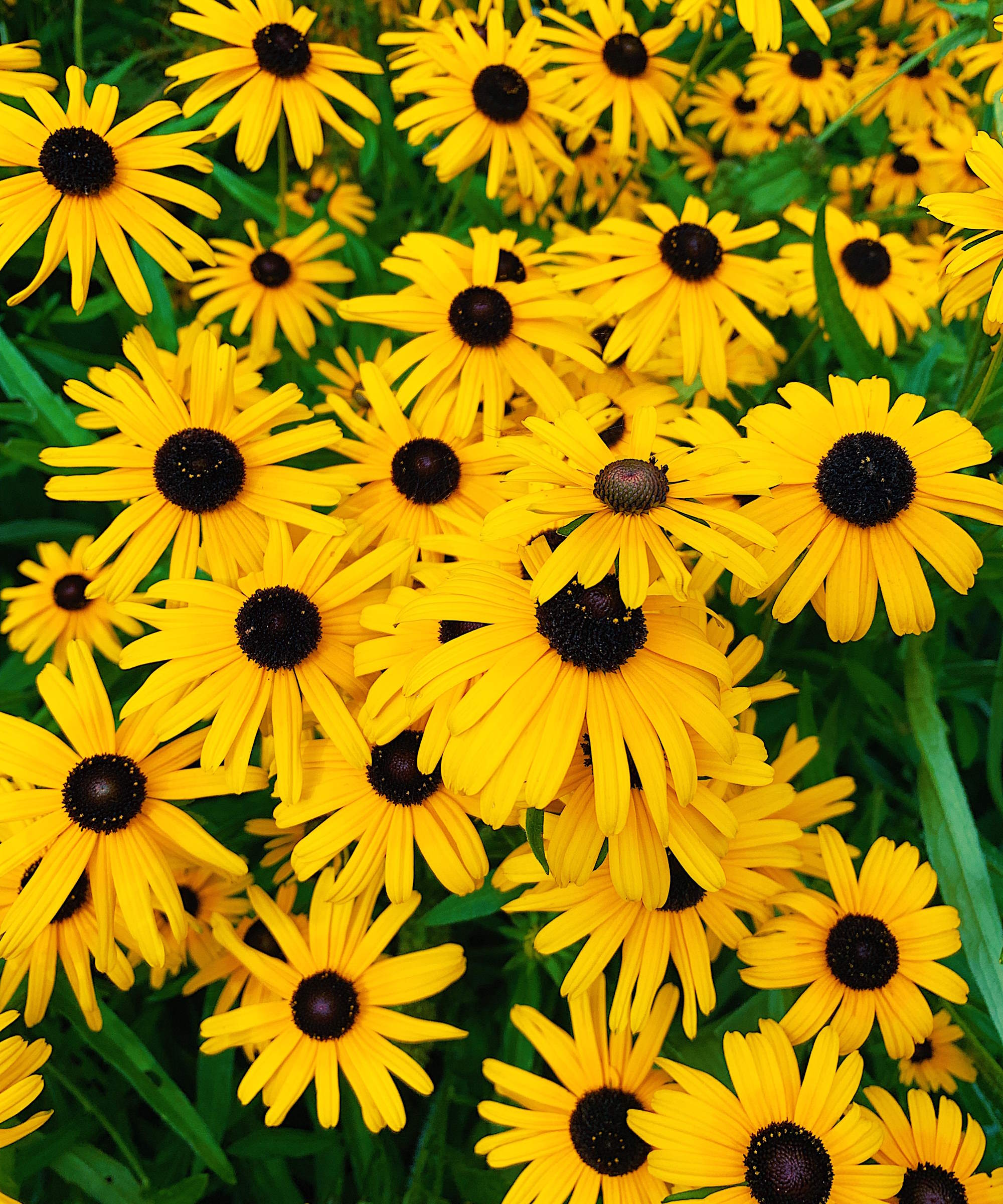
Many gardeners rush to cut perennials back in the fall. Holding fire can offer multiple benefits, so don't head out too fast with your pruning tools to prune everything back.
A case in point is black-eyed Susans. Also known as rudbeckias, they brighten up any flower bed in the summer, but there are also great reasons to delay pruning them until the spring.
The seed heads provide vital food for birds, including American goldfinches, sparrows, and cardinals, during the colder months. If you want to help wildlife during winter, it might be time to reconsider when to cut back black-eyed Susans.
On top of that, the old stems provide structure through winter and look particularly fetching tinged with a frost. If you want to grow more black-eyed Susans, leaving the seed heads over winter will mean the plant self-seeds around the garden. This may be appealing to some gardeners, but not all.
5. Coneflower
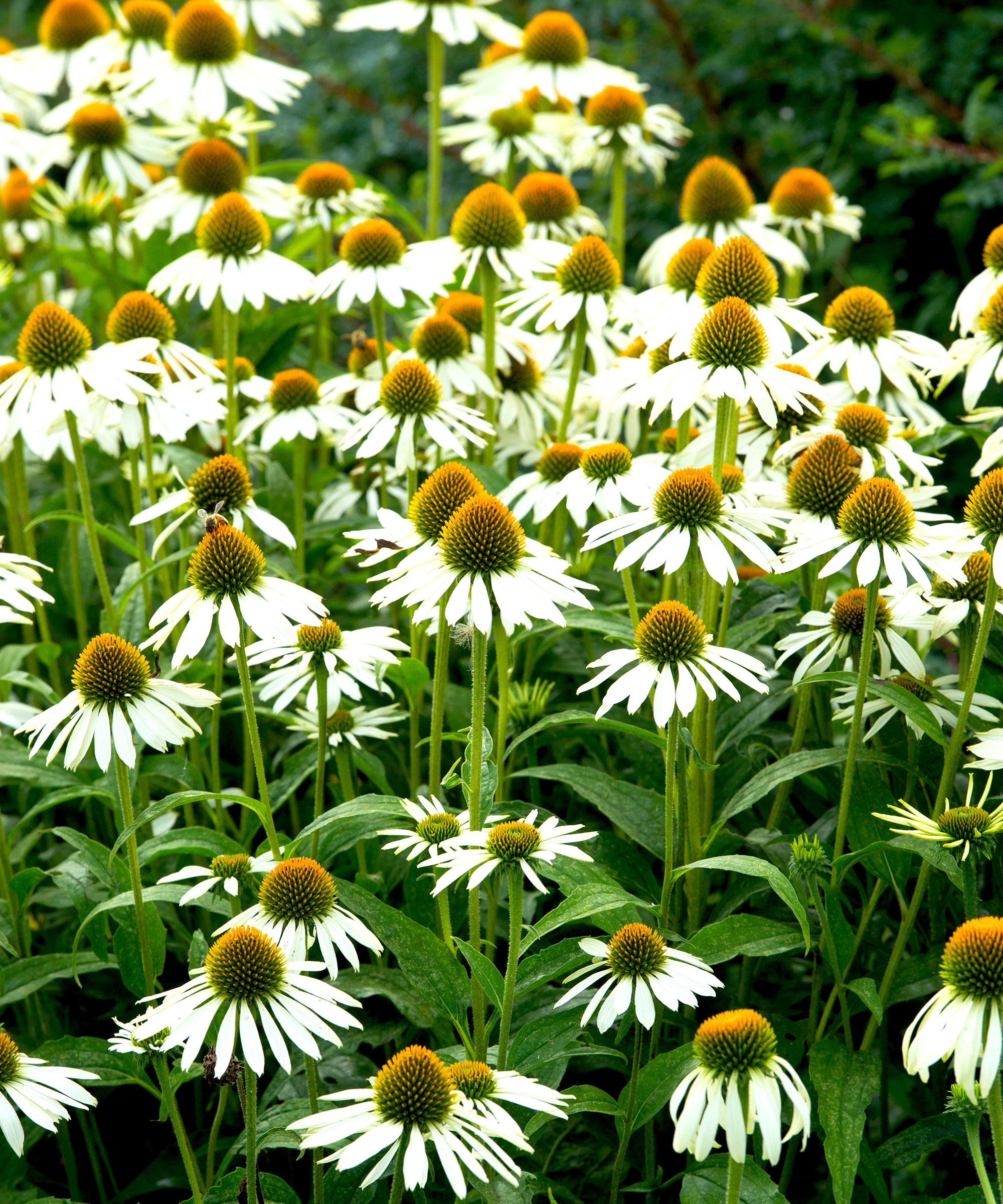
Just as with black-eyed Susans, don't rush too quickly to cut back coneflowers once the first frosts arrive. The dried seed heads of most coneflower varieties provide valuable food for birds, and they do this at a time when food is scarce.
But what if you are growing a hybrid sterile variety of coneflowers that don't produce seeds? Well, it is still worth saving the cutting back to spring, because the stems can protect the perennial's crown from the worst of the winter weather.
6. Ornamental grasses
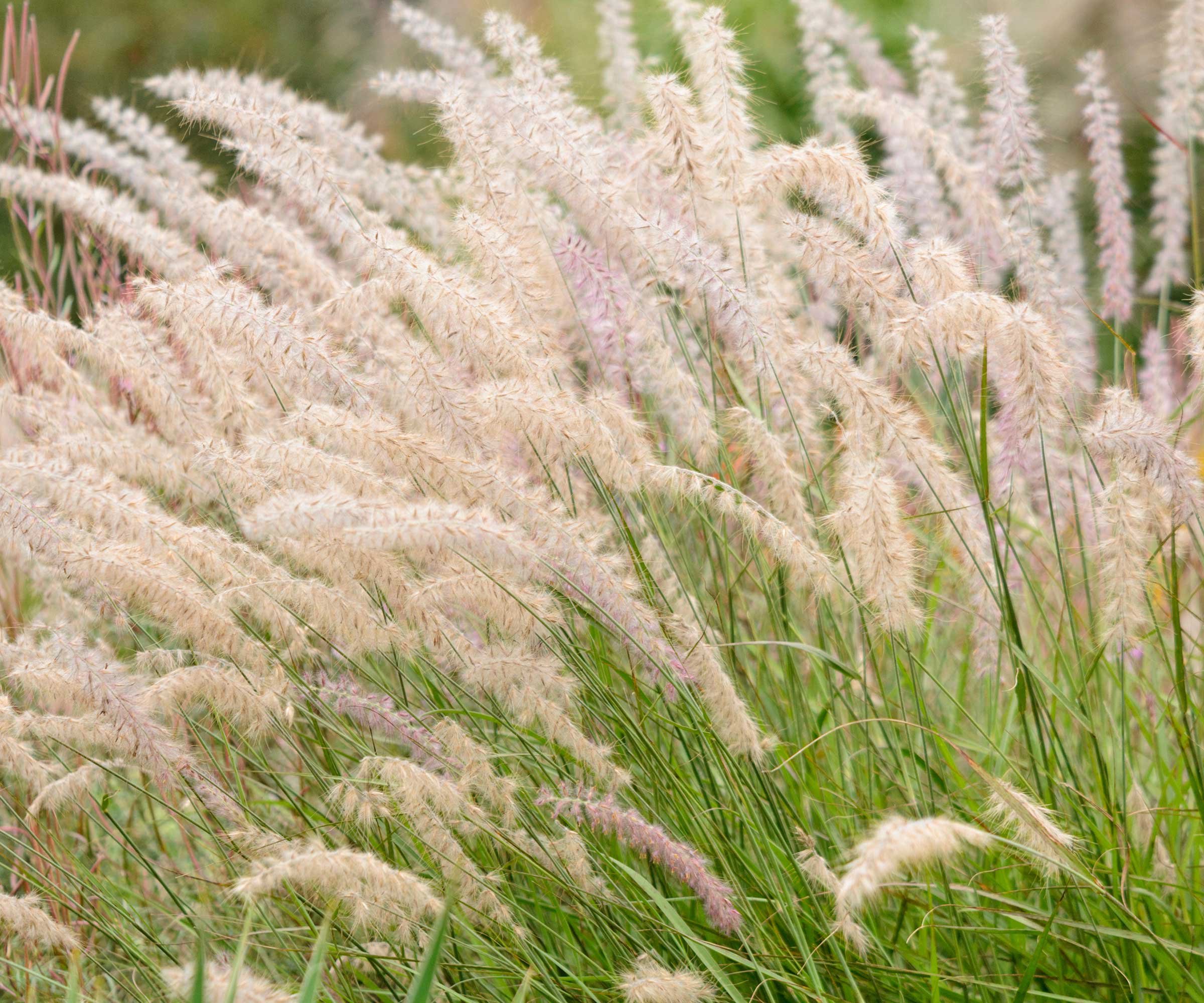
Low maintenance and high impact are two great ways to describe ornamental grasses. They can give height, texture, and movement to borders, or you can landscape with ornamental grasses for privacy.
When you grow ornamental grasses, they don't need pruning in the fall. Both evergreen and deciduous types of grasses can provide structure and beauty in a winter garden, especially when they are touched by frost. The grasses can also provide shelter for wildlife and be a food source for birds when left untouched for winter.
Hold off on cutting back ornamental grasses until early next year. Late winter or early spring is the best time to cut the old growth of deciduous grasses back to the base and remove dead leaves from evergreen grasses.
7. Loropetalum
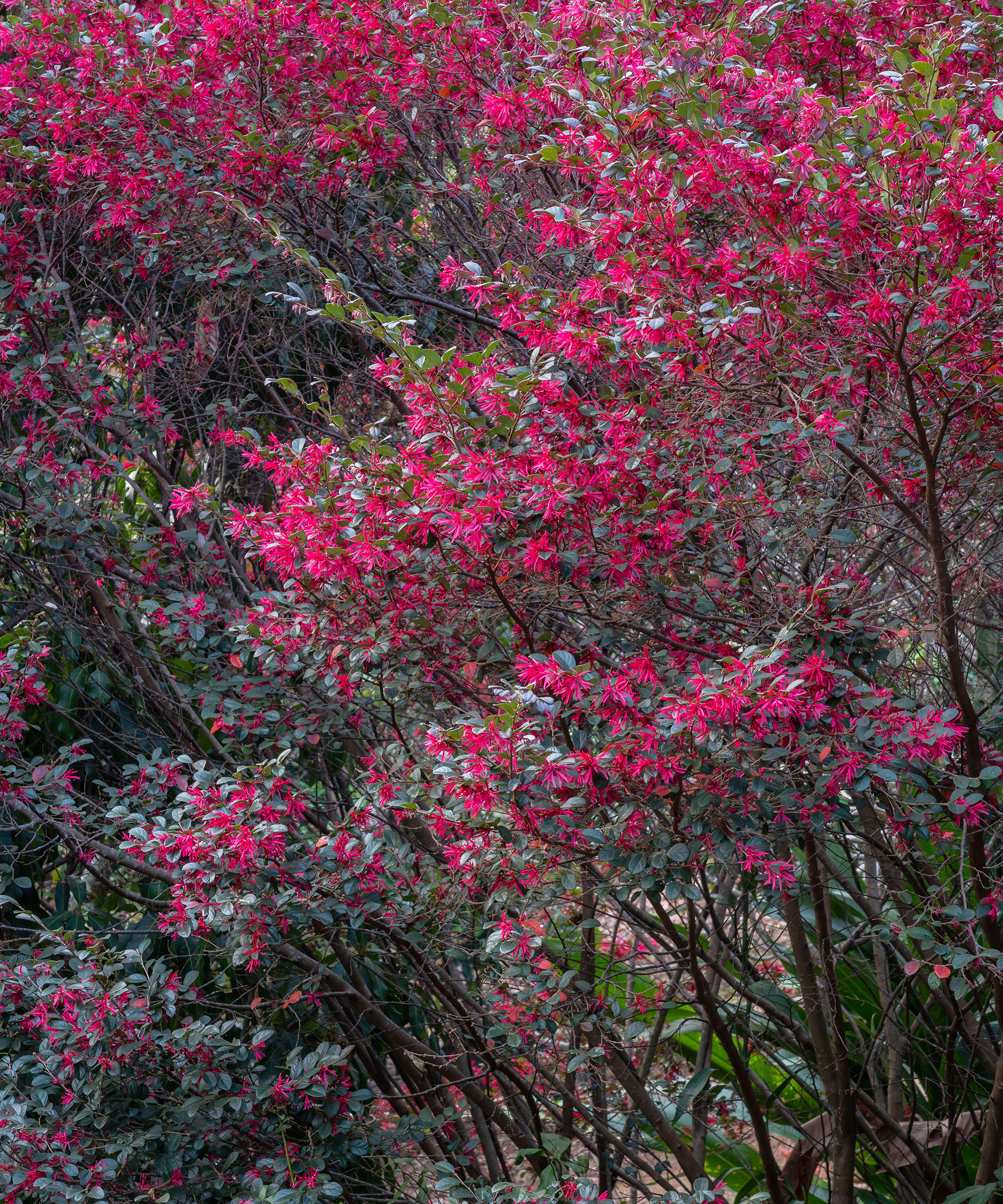
Loropetalum is a genus of four shrub species in the witch-hazel (Hamamelidaceae) family. It has the same slender strap-shaped petals as a witch-hazel.
These bright blooms appear in late winter and early spring, but what makes loropetalum more unique is that it is one of the best shrubs with dark foliage. This evergreen foliage comes in shades of pink, red, or purple. The bold shades make it a dramatic shrub for borders, or you can grow loropetalum as an alternative hedging plant.
As loropetalum blooms on old wood, pruning in the fall robs you of the flowers, which come in shades of red, pink, white, or yellow, and with a light fragrance. Loropetalum often needs little pruning. When it needs tidying, the correct time to prune the shrub is after flowering in spring or early summer.
Now you know plants to never prune in October, that may free up some time in your gardening diary for the month. So why not do some planting this month? Our guides to vegetables to plant in October and flowers to sow in October are full of great ideas to inspire you to get out planting over the coming weeks.
Shop pruning tools

Drew has worked as a writer since 2008 and was also a professional gardener for many years. As a trained horticulturist, he worked in prestigious historic gardens, including Hanbury Hall and the world-famous Hidcote Manor Garden. He also spent time as a specialist kitchen gardener at Soho Farmhouse and Netherby Hall, where he grew vegetables, fruit, herbs, and cut flowers for restaurants. Drew has written for numerous print and online publications and is an allotment holder and garden blogger. He is shortlisted for the Digital Gardening Writer of the Year at the 2025 Garden Media Guild Awards.
You must confirm your public display name before commenting
Please logout and then login again, you will then be prompted to enter your display name.
